May 30, 2025 | 00:20 GMT +7
May 30, 2025 | 00:20 GMT +7
Hotline: 0913.378.918
May 30, 2025 | 00:20 GMT +7
Hotline: 0913.378.918
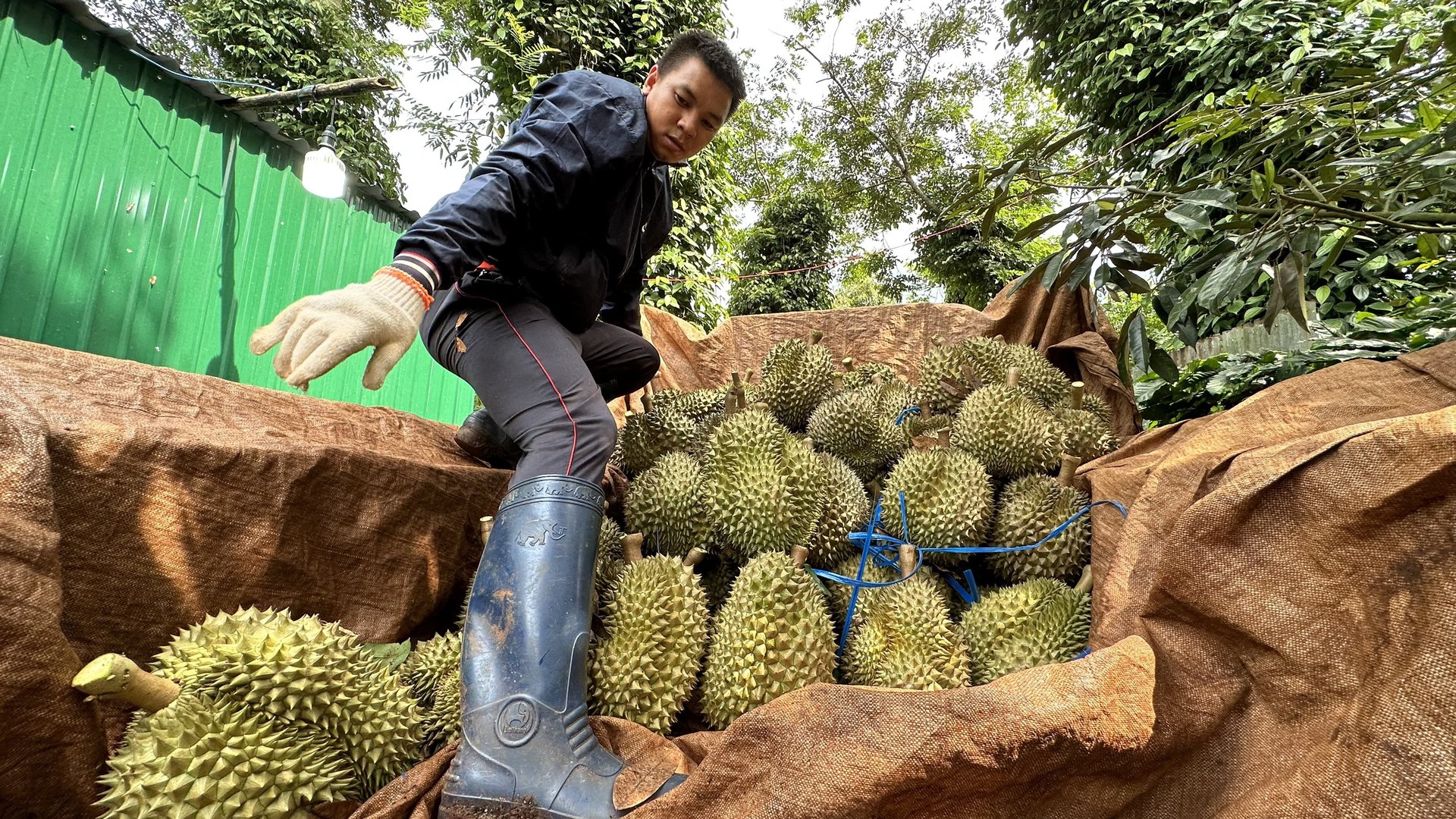
Changes in the durian market require growers to change production practices from only caring about productivity to focusing on the quality of the harvested product.
In recent years, the durian area in the country has increased very rapidly. According to the Department of Crop Production, Ministry of Agriculture and Rural Development (MARD), in 2022 the site will reach 110,000 hectares, an increase of about 25,000 hectares compared to 2021. Durian export turnover in the first eight months of 2023 will reach over USD 1.2 billion, nearly three times higher than in 2022.
The primary durian consumption market is China, accounting for 95% of output. Durian will be officially imported into this market from July 11, 2022, with many standards and quality requirements for growing areas and packaging facilities. Reality requires manufacturers to change farming methods from only caring about productivity to focusing on product quality.
Vietnam has three central durian-growing regions: the Mekong Delta, the Southeast, and the Central Highlands. In the Mekong Delta, most farmers apply measures to handle off-season flowers to avoid overlapping harvest times with the Southeast, Central Highlands, and some countries worldwide. Off-season durian often has a high selling price, ranging from VND 70,000 - 100,000 per kilogram.
However, handling off-season durian flowering is complex, depending on many factors such as the growth situation of the tree, the level of recovery after harvest in the previous season, weather conditions, etc. Therefore, plants often flower at different times in the garden, even on the same tree. Durian, therefore, is tough to ripen at the same time.
Almost in all durian growing areas in Vietnam, traders come to the growing place and sort each harvest 2-3 times, depending on the ripeness of the fruit and the trader's orders. Durian growers refrain from interfering with the ripening process and quantity of durians at each harvest.
When durian prices skyrocket, the purchasing of the "king of fruits" is even undertaken by small traders of companies, export enterprises, or brokers. They go to the garden, negotiate the selling price, buy the products, and then bring them back to sell to the business or company responsible for packaging and exporting.
Durian price chaos has occurred and shows no signs of ending. Some traders want to buy many products but do not care about the quality and are willing to purchase young fruits that have yet to reach harvest maturity. On the other hand, many gardeners hope to sell at a high price and want the trees to have plenty of time to recover for the next season, so they agree to sell when the durian is still young.

The durian garden is cultivated according to standards to improve the quality of the fruit.
Durian growers and traders pay little attention to pest control, especially those subject to plant quarantine requirements in the Protocol signed with China, such as mealybugs, or do not care about pesticide residues in products. A series of these reasons have affected past and future durian exports. The consequences of this problem are enormous, as the people directly involved are farmers.
To limit the above risks, durian growers must note that the technical requirements for flowering and harvesting must be done at the right time, and the fruit must be sufficiently ripe to meet the conditions of the quality of the importing country.
One of the most critical points to pay attention to when growing durian is to keep the garden with a pH level of 5.5 - 6.5. Many perennial fruit tree gardens, especially in the Mekong Delta region, have low pH (acid soil). The plant's nutrient absorption is affected, roots are weak, and harmful microorganisms in the soil thrive, such as fungal diseases and nematodes. When growing, the tree grows slowly and is easily attacked by pests and diseases.
There are many solutions to improving pH, for example, using appropriate inorganic fertilizers, limiting the application of acidic fertilizers, which increase soil acidity; increasing microbial organic fertilizer; Applying lime to plants after harvest or at the beginning of the rainy season not only helps raise pH but also kills pathogens in the soil. The annual dose of lime used is about 2 - 4 kg per tree.
Farmers need to provide nutrients to plants in the proper dosage. The recommended fertilizer formula for a 6-10-year-old durian tree each year is 1.4-1.6kg Nitrogen, 1.2-1.4kg Phosphor pentoxide, 1.7-2kg Potassium oxide.
Before the plant flowers, apply or spray foliar fertilizer with high phosphorus and potassium content, such as Mono Potassium Phosphate, Potassium nitrate, NPK 10-60-10, NPK 0-40-40, or NPK 0-30-20 helps plants differentiate flower buds effectively. After 3 - 4 weeks, reduce the amount of watering, use a plastic tarp to cover the tree's base to limit rainwater, and spray growth inhibitors. Farmers must spread evenly from inside the trunk and branches to help the tree bloom concentratedly and simultaneously.
During the flowering stage, when the flowers are 0.5 - 1cm long, fertilize with inorganic fertilizer combined with 20% organic fertilizer and spray foliar fertilizer containing calcium, boron, and potassium to increase the flowering rate of fruit. If the plant has buds two weeks before the flowers bloom, spread foliar fertilizer containing high potassium content to slow the buds from growing. Durian often blooms in many batches, so only keep the most blooming batch and prune off the flowers of the other batches.

The irrigation system provides water for durian trees.
At the growing stage, prune the thick, distorted, or diseased fruit 2-4 weeks after the main fruit set. Spray foliar fertilizer Calcium nitrate 0.2% (eight weeks after flowers bloom); two weeks later, spray Magnesium sulfate 0.2% and Potassium nitrate 1% four weeks before harvest to increase fruit quality. Farmers should limit nitrogen fertilizer near harvest and increase potassium fertilizer so that the fruit flesh has a beautiful bright color and good quality.
At each stage of growth, durian has different water needs. During the flowering period in the dry season, the plant needs watering every two days to help the flowers develop well, and the pollen be healthy. Then, reduce the amount of water by 2/3 a week before blooming. After fruiting, farmers continue to water and keep well moist. Watering should be limited during harvest because it will affect fruit quality and fungal attacks.
Near harvest, pests such as mealybugs, bollworms, snails, etc. outbreak may occur. Among them, mealybugs are subject to quarantine by Chinese Customs, so farmers need an effective management plan. For example, please pay attention to killing ants because, without ants, mealybugs will limit their spread and spread. Farmers need to reduce humidity in the garden with fruit rot and use Trichoderma fungus combined with organic fertilizer around the roots.
According to the regulations of the General Administration of Customs of the People's Republic of China, durian trees that want to be exported to this market need to be quarantined for objects including the fruit fly Bactrocera Correcta and five species of mealybugs Dysmicoccus Neobrevipes, Planococcus Lilacinus, P. Minor, Pseudococcus Jackbeardsleyi, Exallomochlus Hispidus.
Although scientists have not recorded fruit flies causing harm to durians, farmers still need to apply control measures such as setting sticky traps and pheromone traps. In particular, if traps are set using Methyl Eugenol, it is easy to attract harmful fruit flies on intercropped plants.
Farmers use pesticides according to the allowed list when managing pests, ensuring enough quarantine time and not leaving pesticide residues in the product.
Only selling products when the fruit reaches harvest maturity. Specifically, the Ri6 variety blooms after 85 - 100 days, and the Dona variety blooms after 110 - 130 days. Farmers should harvest in the early morning or late afternoon to avoid gathering after rain or heavy fog. Use a knife to cut the entire stem and put it in the basket, avoiding letting the fruit come into contact with the soil.
Farmers must participate in production groups, cooperative groups, or cooperatives to build and protect growing area codes.
The opportunity for durian export to the Chinese market is enormous. Farmers, businesses, and relevant agencies should pay attention and coordinate closely in protecting the brand and reputation of the durian industry, helping made-in-Vietnam products develop more and enhance competitiveness internationally.
Translated by Tuan Huy

(VAN) Reciprocal tariffs are exerting pressure on U.S. exports, prompting Vietnamese firms to shift their focus to Muslim markets, Thailand, and Brazil.
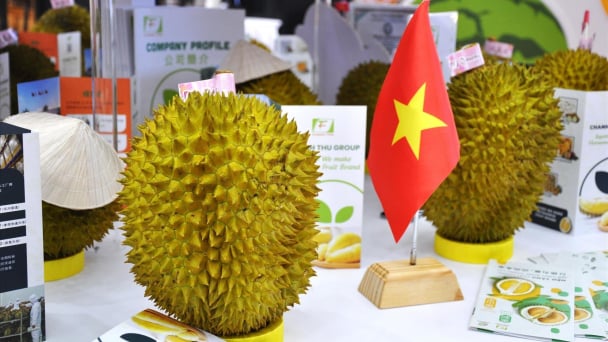
(VAN) A free booth for two years at Xinfadi, Beijing's largest wholesale market, will be allocated to Vietnam's agricultural products.
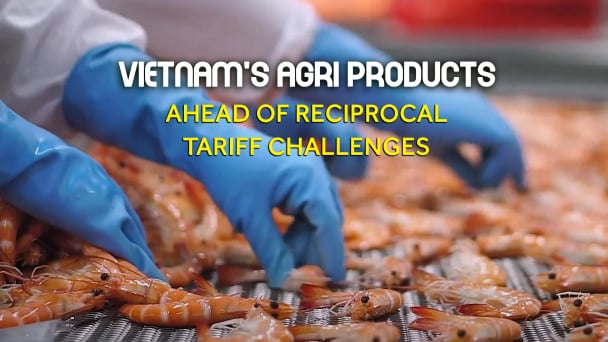
(VAN) Vietnamese shrimp exporters are actively looking for alternative markets and accelerating shipments to the United States in response to the pressure of impending reciprocal tariffs. This is occurring during a temporary tariff suspension.
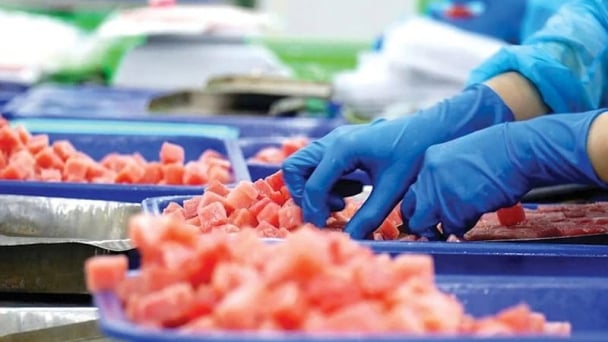
(VAN) The import-export turnover between Vietnam and Singapore rose amid a trade rebound, with machinery, electrical equipment, and fuels making up the majority of the transaction value.

(VAN) Director General of the General Administration of Customs of China, Ms. Sun Mai Jun, has pledged to implement measures that will ease the import process for Vietnamese agricultural products.
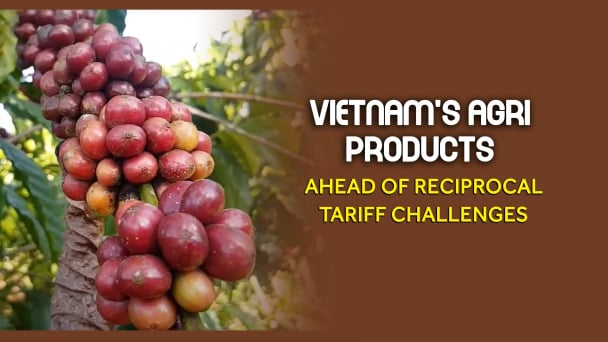
(VAN) Although Vietnam is still increasing its coffee exports, the industry is currently in the process of determining market strategies in response to the U.S. imposition of reciprocal tariffs.

(VAN) With rising demand in Muslim-majority countries, Halal certification is becoming a critical passport for Vietnamese agricultural products seeking sustainable market access and consumer trust in the Middle East and Africa.